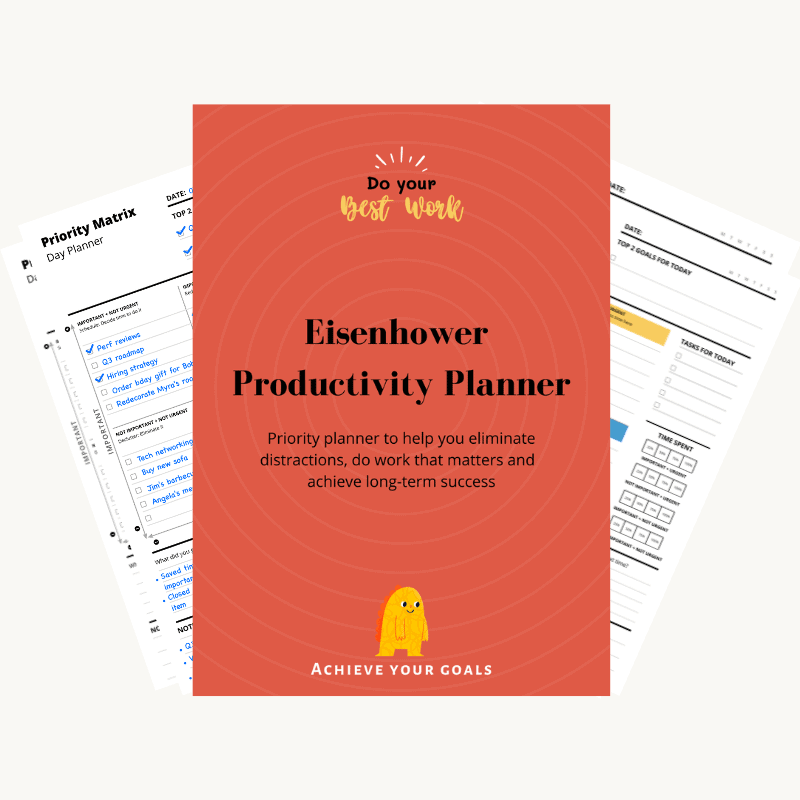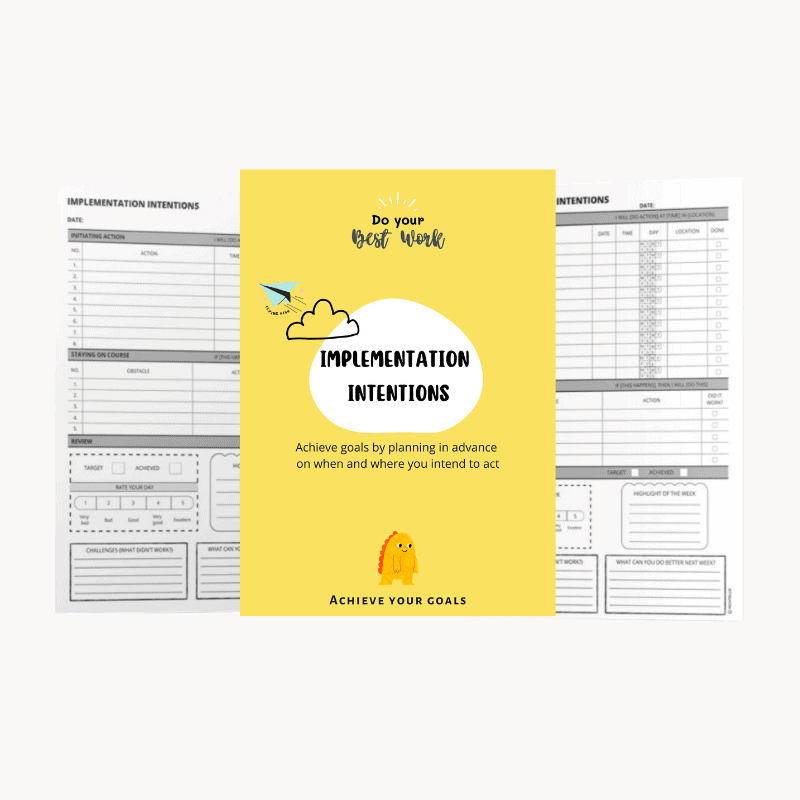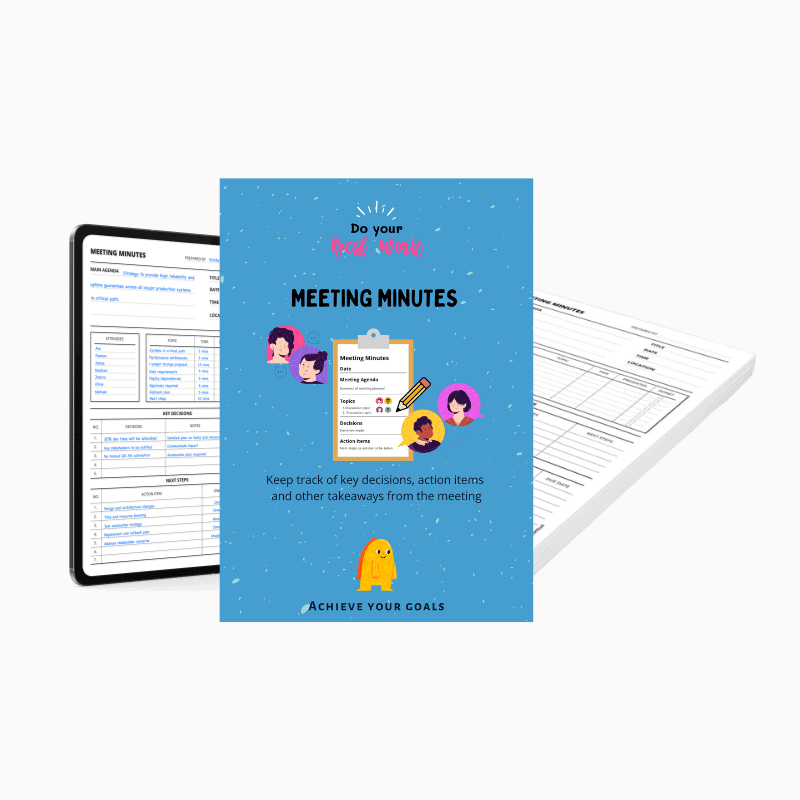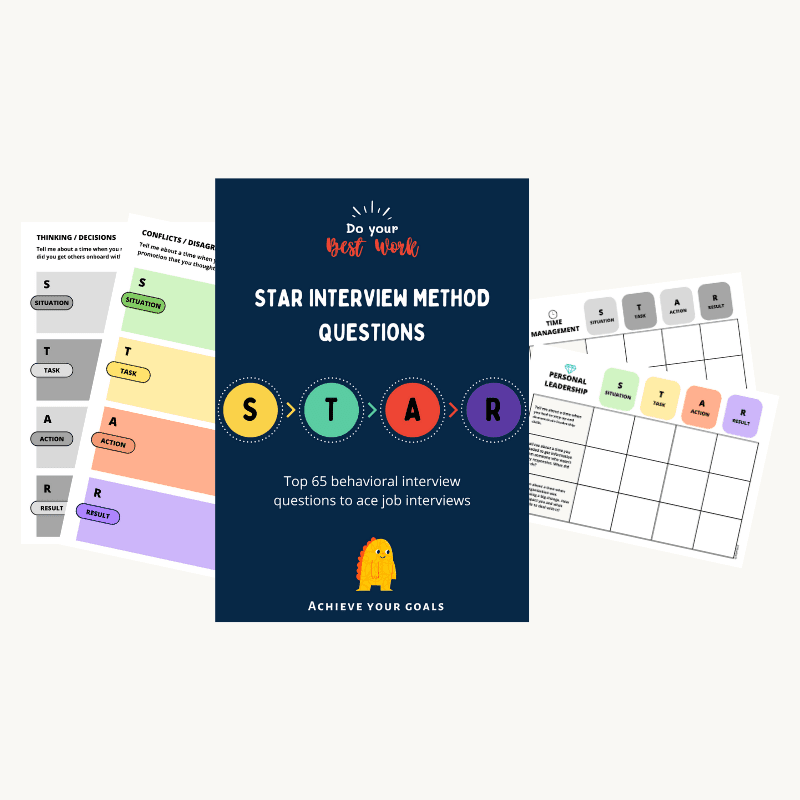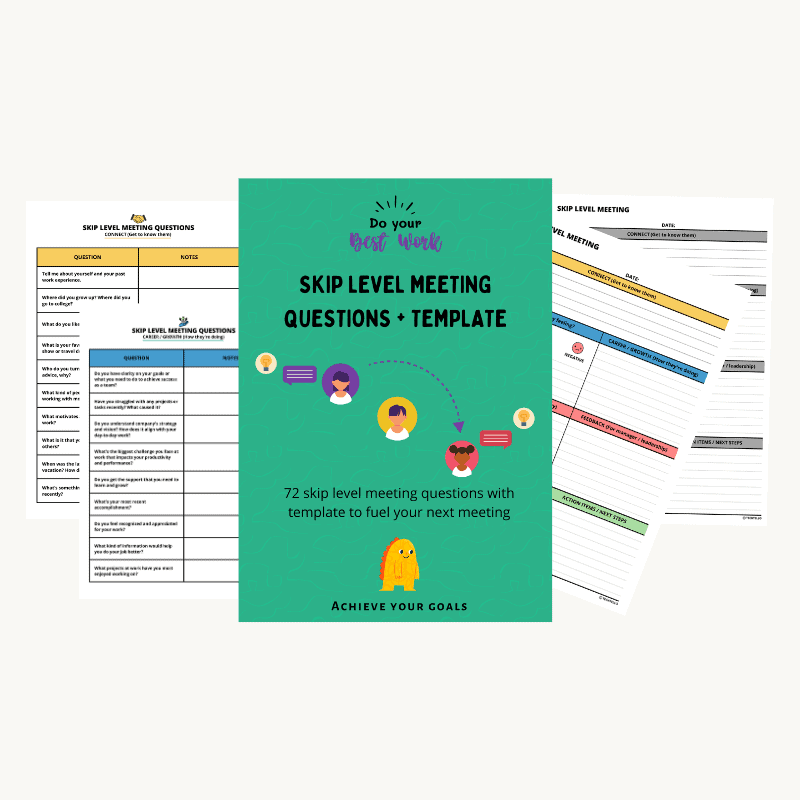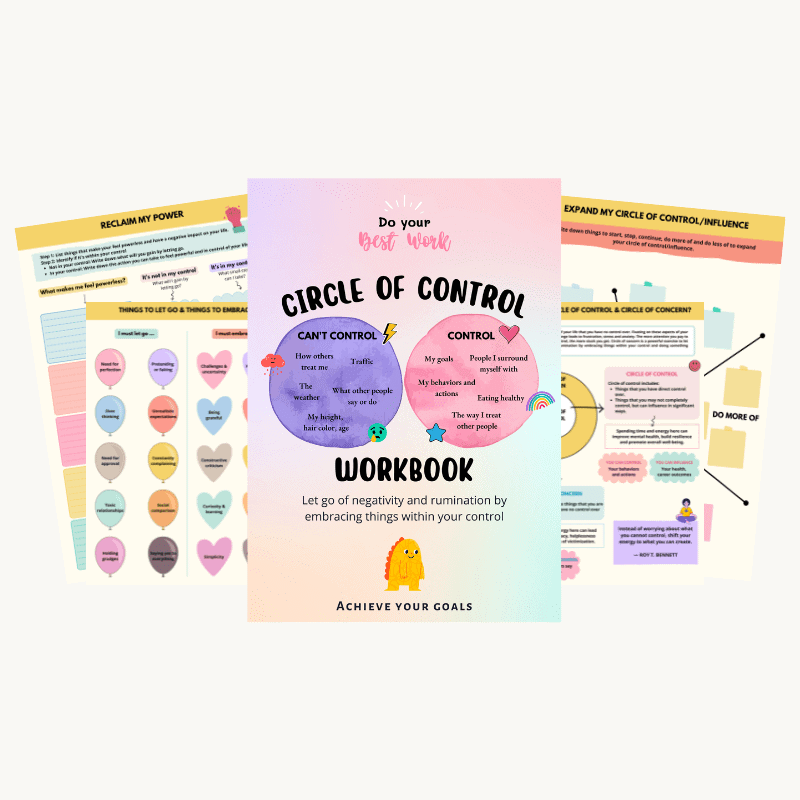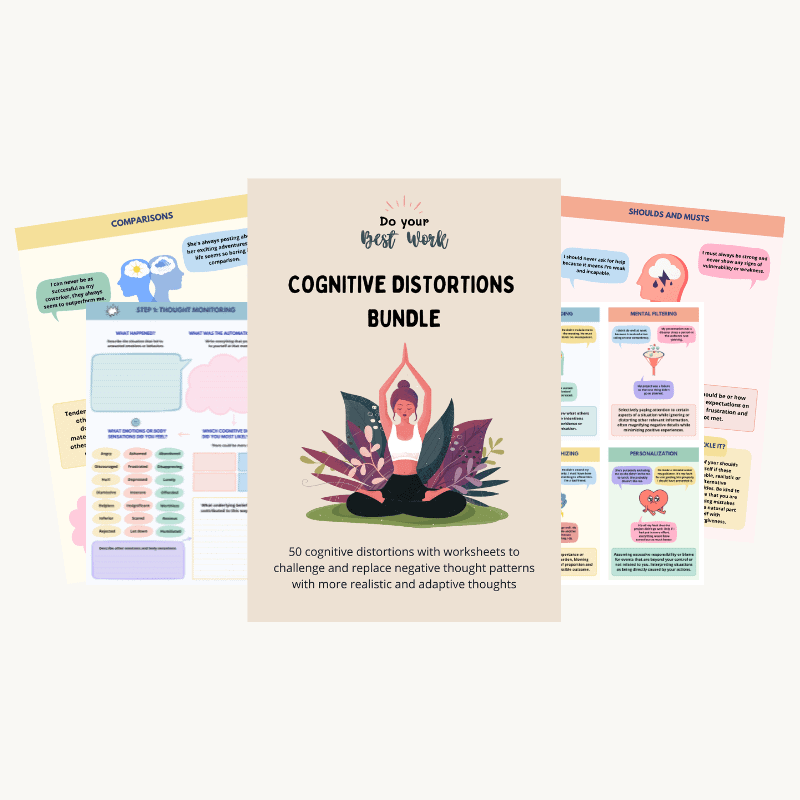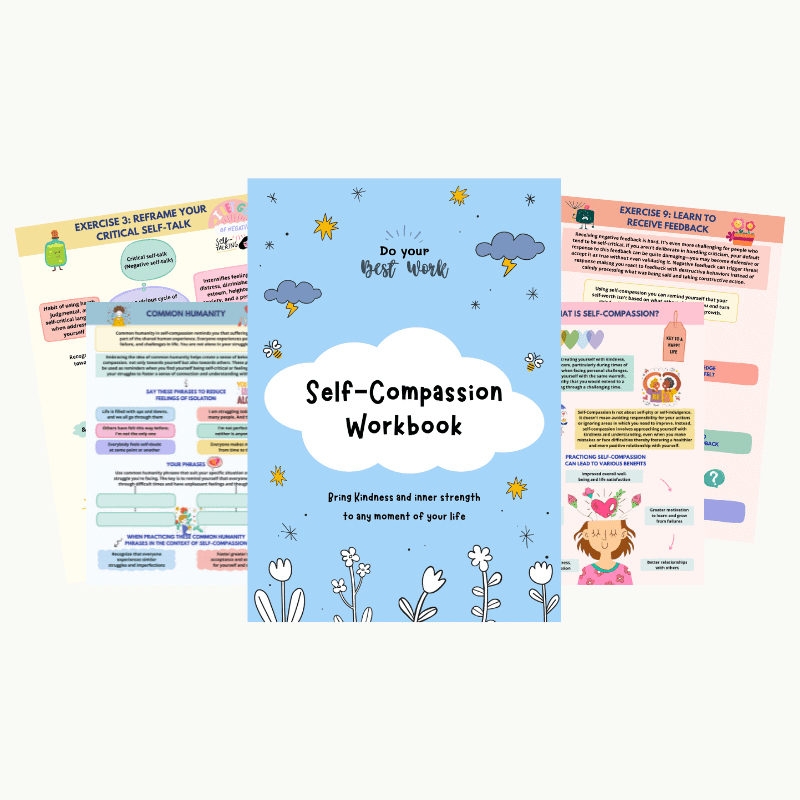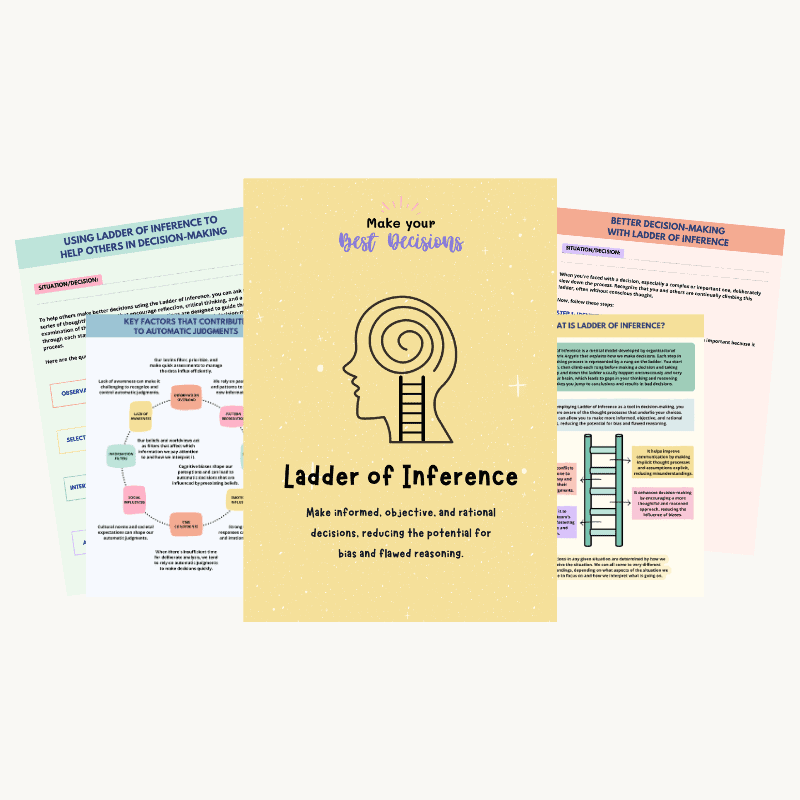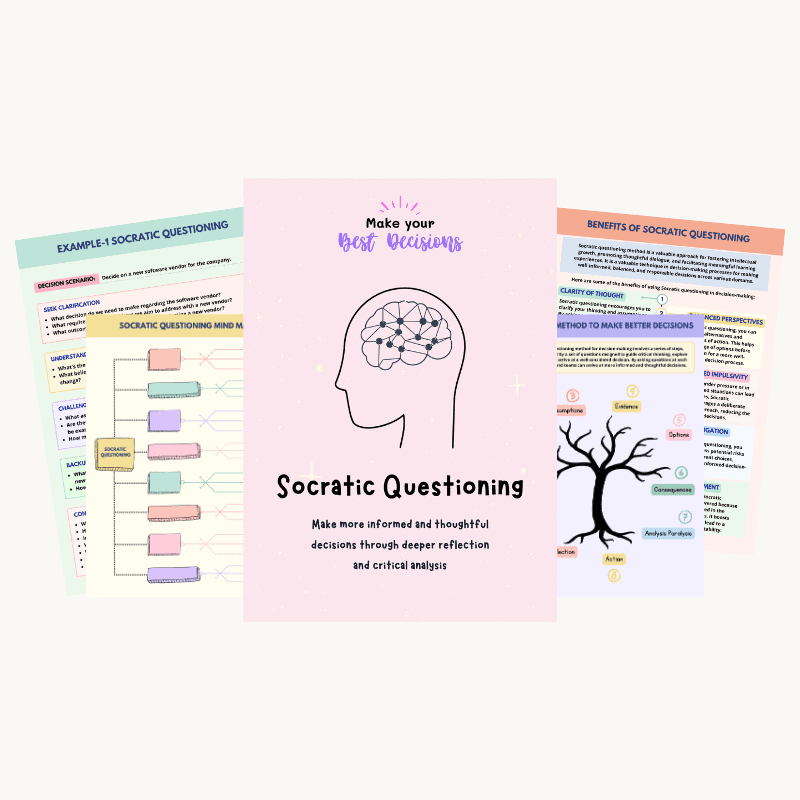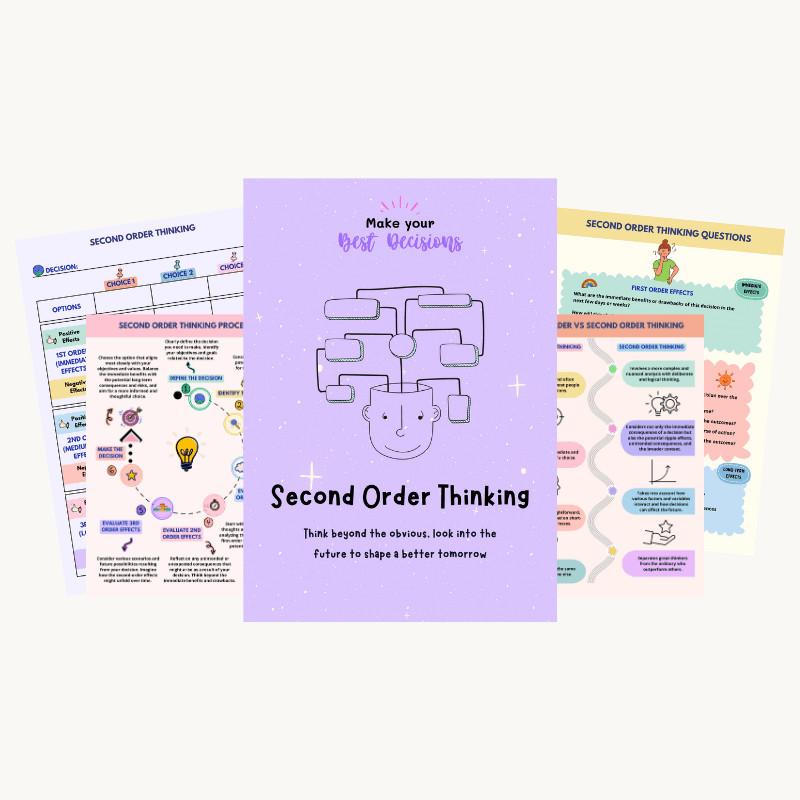Leadership Mistakes That Push Team to Burnout

Leaders are constantly under pressure to drive business growth, deliver results and bring in new initiatives that will move the organization forward. They aren’t assigned a set of tasks that they need to finish each day. Ambiguity, uncertainty, navigating challenges, aligning stakeholders and making complex decisions make up a large part of their role.
They are expected to create a culture of excellence where employees strive to push the boundaries of their own self-imposed limitations and unlock their hidden potential. Growing people while growing business is a part of their job because no organization can succeed without growing its people. Balancing the two is critical because leaning too much on either side can prevent them from achieving their goals.
Managing these expectations isn’t always easy and too many leaders can falter on this path. They may succumb to pressure and act in ways that destroy the morale of their people instead of lifting them up. They may turn aggressive, work 24/7, rush into decisions or behave in ways that pushes their team to the edge with feelings of exhaustion, cynicism, negativity and a sense of ineffectiveness towards their job. Letting these feelings fester without proactively taking measures can ultimately lead to burnout—a state of emotional, physical, and mental exhaustion caused by prolonged and excessive stress.
Burnout may show up as tiredness at first, but can soon have detrimental effects on team:
- Difficulty concentrating or making decisions.
- Reduced productivity or effectiveness at work.
- Difficulty finding meaning or satisfaction in work.
- Feeling undervalued or unappreciated.
- Increased irritability or frustration.
- Emotional outbursts or sudden mood swings.
- Procrastinating or taking longer to complete tasks.
- Avoiding responsibilities or calling in sick frequently.
- Feeling overwhelmed or trapped with constant fatigue or lack of energy.
Most leaders acknowledge that burnout is a real problem at work. And yet when it comes to tackling it, all they do is put a wellness strategy in place. Leaders can’t suggest wellness strategies that put an onus on employees for managing and preventing their own burnout because it isn’t a problem that employees can solve alone.
Think not just about how to reduce your own, but how your own actions are sparking and fanning burnout in others.
― Anne Helen Petersen, Can’t Even
The cure for burnout isn’t necessarily self-care. Leadership mistakes that push teams to burnout deserve as much attention. Here are the five most common pitfalls that all leaders should avoid:
A culture of constant urgency
Some leaders ruthlessly prioritize to ensure important work is not compromised at the cost of urgent actions. Other leaders treat every request as a priority and don’t pay attention to how much something deserves their attention.
Attaching a heightened sense of urgency to every request makes it difficult for their teams to get any meaningful work done. Being bombarded with a false sense of urgency makes them operate like a mad powerhouse—people in the team keep running in many different directions without actually reaching anywhere.
Jumping from one task to another and being in a constant state of overwhelm and reactivity can drain team energy, increase stress and can even lead to burnout. When employees don’t get time to do deep work or experience the joy and pleasure of being in a state of flow, they feel unhappy, stuck and dissatisfied.
Mindless busyness due to a false sense of urgency does not lead to progress, it only adds to stress.
Expecting your team to take urgent requests seriously and attend to them in a timely manner isn’t wrong. It’s counterproductive when every other request is given a high priority and the team is expected to jump at the chance.
It’s your responsibility as a leader to build the right culture in your organization—one where impact, creative thinking and long-term value creation is valued over unwanted chaos, firefighting and reactive thinking.
If leaders don’t articulate their priorities clearly, then the people around them don’t know what their own priorities should be. Time and energy and capital get wasted.
— Robert Iger, The Ride of a Lifetime
False urgency culture in an organization misleads employees by keeping them super busy, stressed out and anxious without doing impactful work or creating any value. Stop promoting it to prevent team burnout.
Unhealthy competition between team members
When team members are encouraged to collaborate, they achieve great things—things that are otherwise hard to accomplish when trying to fly solo. Working with others instead of against them not only enables better outcomes, the joy of sharing a common goal, mutual support and camaraderie makes work appear more fun and less of a grind.
Disagreements, conflicts, and voicing differences of opinion is good when done with the intent to find a solution, solve a problem or make a better decision. But when done with the intent to look good, prove others wrong or put them down, it can lead to unhealthy competition and other destructive behaviors. Employees may refuse to share knowledge, manipulate others to advance their own agenda or push others under the bus when things don’t go well instead of taking responsibility.
Leaders who encourage competition over collaboration foster distrust, stigmatize mistakes, and create pressure to meet unattainable goals just to stay ahead.
Pitting team members against each other breeds resentment, lowers team morale and leads to burnout by creating a high stress environment that prioritizes individual success over collective well-being. Making team members see each other as rivals rather than allies can make the workplace feel hostile and draining. Emphasizing winning and outperforming others can also lead to constant pressure to prove. This sustained stress can take a toll on the mental and physical health of your team.
To collaborative team members, completing one another is more important than competing with one another.
― John Maxwell
Unhealthy competition between team members creates stress, burnout, and a toxic work environment marked by distrust and jealousy. Encourage them to focus on working together, not winning. Create an environment where team members thrive together rather than at each other’s expense.
Setting unrealistic expectations
When defining goals for their teams, some leaders go overboard. In their desire to push their teams towards excellence, instead of setting attainable goals, they burden them with unrealistic expectations.
There’s a difference between setting hard goals and goals that are almost impossible to achieve. Goals that exceed your team’s abilities or have unreasonable timelines fill your team members with feelings of low self-worth, inadequacy and self-doubt.
They may achieve quite a lot, but not being able to hit the goal can leave them feeling behind. Not meeting expectations constantly can turn into a source of disappointment, frustration and overwhelm. They may lose confidence despite doing a commendable job.
Nagging thoughts about unfinished tasks and unmet expectations can create a state of mental tension and cognitive dissonance making it hard for them to turn off or rest even when they aren’t working.
A sense of burnout under such circumstances is unavoidable.
Mihaly Csikszentmihalyi, noted for his work in the study of happiness and creativity, says in his book Flow, “One cannot enjoy doing the same thing at the same level for long. We grow either bored or frustrated; and then the desire to enjoy ourselves again pushes us to stretch our skills, or to discover new opportunities for using them.”
He adds “Enjoyment appears at the boundary between boredom and anxiety, when the challenges are just balanced with the person’s capacity to act.”
In other words, we seek just the right level of difficulty. Also called Goldilocks Rule, named after the fairy tale Goldilocks and the three bears, the rule states that human beings experience peak motivation when working on tasks that are right on the edge of their current abilities. Neither too easy nor too difficult. Just right. Manageable difficulty rids us of feeling bored with tasks that are easy for us while not getting frustrated when it far exceeds our current abilities.
Your team can be happier, healthier, less grumpy and more productive if you set their goals with just the right level of difficulty. It can build their confidence to go after bigger and better things without getting burnt out in the process.
Lack of progress and support
Leaders make the biggest mistake when they give tough goals to their team and leave them hanging there. Your team may be stuck on a decision, feel challenged with a complex problem or may not know the next steps to take.
In these moments, without guidance and support, they may feel neglected, frustrated, overwhelmed and may even lose their drive or enthusiasm for work. Feelings of bitterness may also develop due to lack of support and perceived neglect.
Christina Maslach, a professor of psychology at the University of California, Berkeley, developed Maslach Burnout Inventory (MBI) to define and measure burnout. According to MBI, there are three dimensions of burnout:
- Feelings of exhaustion
- Feelings of cynicism and negativity towards the job
- Feeling ineffective at the job
Employees who don’t feel engaged at work, who lack a sense of progress, who feel disconnected from their team and their organization, who don’t find a sense of purpose and meaning in their work, and those who feel ineffective in their job are at equal risk for burnout.
A sense of progress, purpose and belonging is crucial to mitigate burnout and promote a healthy work environment for your employees.
Burnout is not just about being too busy or feeling overwhelmed…It’s feeling like your work has no purpose and you don’t have support.
― Richie Norton
Act as a support structure for your team. Don’t delegate and abdicate. You don’t have to unblock them by feeding solutions. Asking them the right questions and being around to guide and course correct can put them on the right path. It’s the simplest thing to do to save your team from burnout.
Taking time off is frowned upon
Leaders set a wrong example when they take pride in working 24/7 and never taking time off. For them work always takes priority over other commitments and goals in life. They expect their teams to be 100% committed to their jobs―anything that does not involve work is considered a waste of time.
Whether it’s team outings, asking for a few hours off or a longer vacation plan, every request is met with objection and disapproval. They just don’t see the need to spend time on self-care or with family members and loved ones.
I have not taken a day off since the last 6 months. Why do you need a week off?
I know you have your son’s PTM to attend, but this meeting is critical and you have to attend it.
Why do you have to leave in the evenings to go to the gym? You seem fit to me.
Pushing all aspects of personal life to the backburner just to do a remarkable job and earn accolades and recognition has multiple negative consequences in the long-run. Disappointment, frustration and dissatisfaction from ignoring other parts of life seeps in and eventually catches up with them. Tasks take longer to complete as team members struggle to maintain focus and efficiency, fatigue and burnout kicks in which leads to poor work quality and increases risk of errors and mistakes.
Jennifer Moss points out substantial benefits of taking time off in The Burnout Epidemic:
- A study sponsored by the Heart, Lung, and Blood Institute at the National Institute of Health followed, over a nine-year period, twelve thousand men who had a high risk for coronary heart disease. The study found that those who took frequent annual vacations were 21 percent less likely to die from any cause and were 32 percent less likely to die from heart disease.
- According to a Gallup study, people who always make time for regular vacations had a 68.4 score on the Gallup-Healthway Well-Being Index, in comparison to a 51.4 Well-Being score for less frequent travelers.
- Professional services firm Ernst & Young conducted an internal study of its employees and found that, for each additional ten hours of vacation employees took, their year-end performance ratings improved 8 percent.
- One study found that three days after vacation, subjects’ physical complaints, quality of sleep, and mood had improved as compared to before vacation.
- And, vacations are good for relationships, too. A study published in the Wisconsin Medical Journal found that women who took vacations were more satisfied with their marriages.
Without time to unwind, the continuous demands of work can create a cycle that leads directly to burnout. Encourage taking time off to recharge and rest. A culture of overwork can create resentment and dissatisfaction among employees. A positive work culture is built by balancing work and life.
Summary
- Burnout is a real problem that needs to be addressed, but employees can’t manage it unless leaders pay attention to their own behaviors and actions that contribute to it. None of the wellness strategies can fix employee’s well-being if the source of the problem isn’t self-care, but how leaders come across to their teams.
- Shouting ‘urgent’ with every request or making everything a top priority takes away a sense of what truly deserves your team’s attention. Being stretched too thin in too many directions can prevent them from giving focused time and energy to work that actually matters in the long run. Expected to achieve everything at supersonic speed can lead to prolonged stress, fatigue and burnout as your team finds it impossible to keep up with your pace.
- When team members are told to compete, outperform others or do whatever it takes to give good results, they may engage in toxic behaviors that harm others just to lift themselves up. Promoting competitive mindset can lead to manipulation tactics, belittling, hiding information and spreading negativity instead of teamwork, collaboration and mutual support. Environment that fosters distrust and resentment ultimately leads to burnout, eroding the sense of unity and shared purpose that teams need to succeed.
- To do well at work, team members need challenges that are real, achievable and create just the right level of excitement. Setting expectations that are far outside your team’s capabilities or giving timelines that are impossible to achieve can lead to overwork and burnout as team members work very hard to meet expectations only to be left disappointed, frustrated and overwhelmed when they aren’t able to hit their goals.
- Empowerment is important because it enables team members to take responsibility and drive their own growth. But it shouldn’t be done without support. Leaving your team to figure everything out on their own can make them feel neglected, erode their self confidence and make them lose their drive and enthusiasm for work, which can turn into feelings of cynicism, negativity and burnout.
- Leaders who prioritize work over everything else sends the wrong message to their team. Asking team members to always put work first creates a work life unbalance that isn’t sustainable in the long run. Team members who keep pushing their personal goals and other commitments aside just to squeeze in a little more work eventually pay a heavy price when burnout kicks in.










